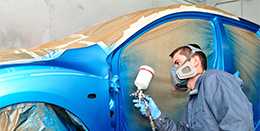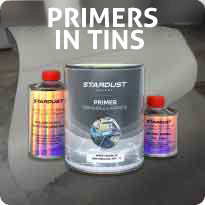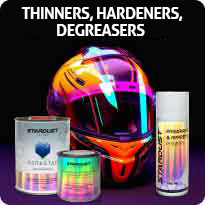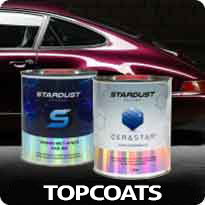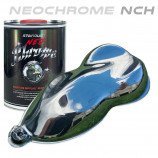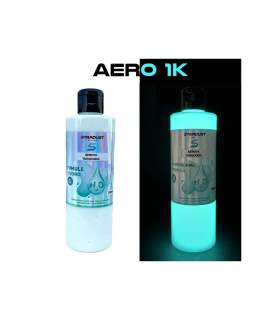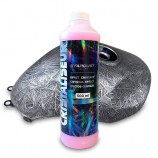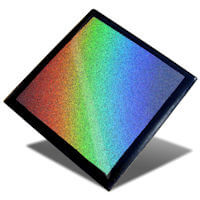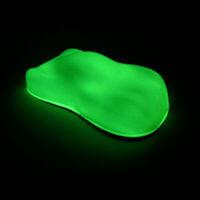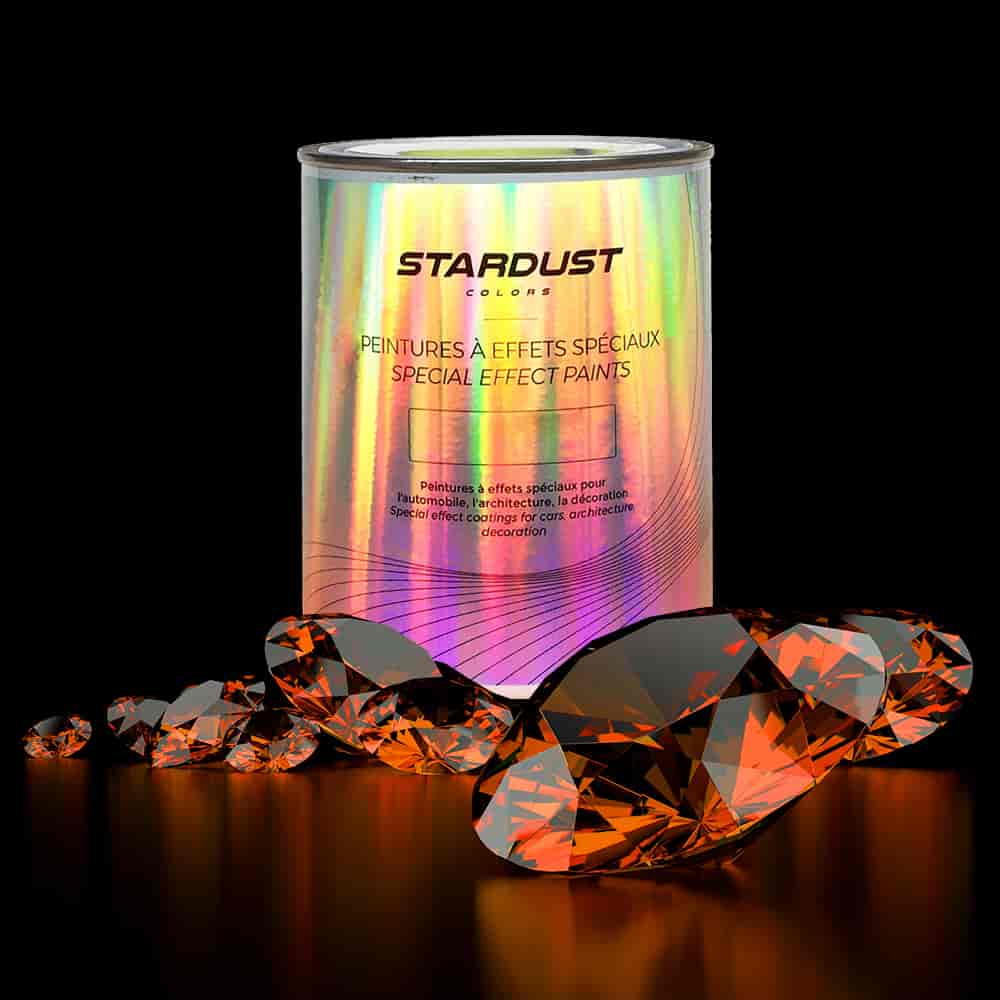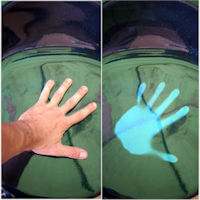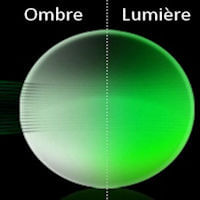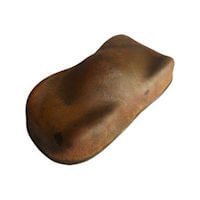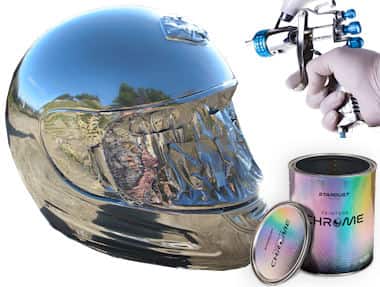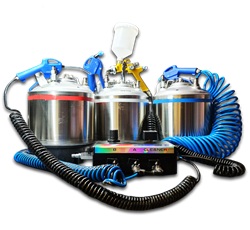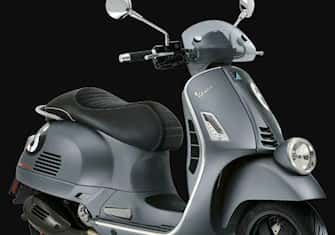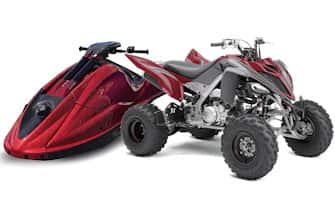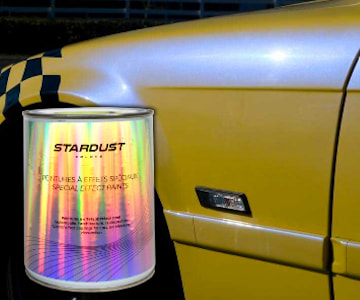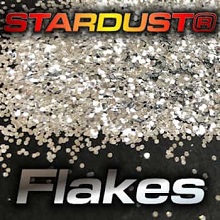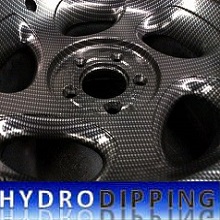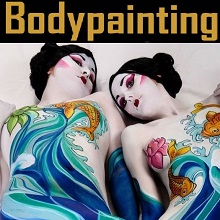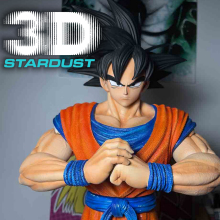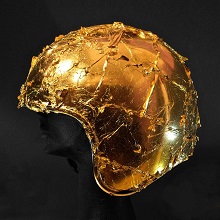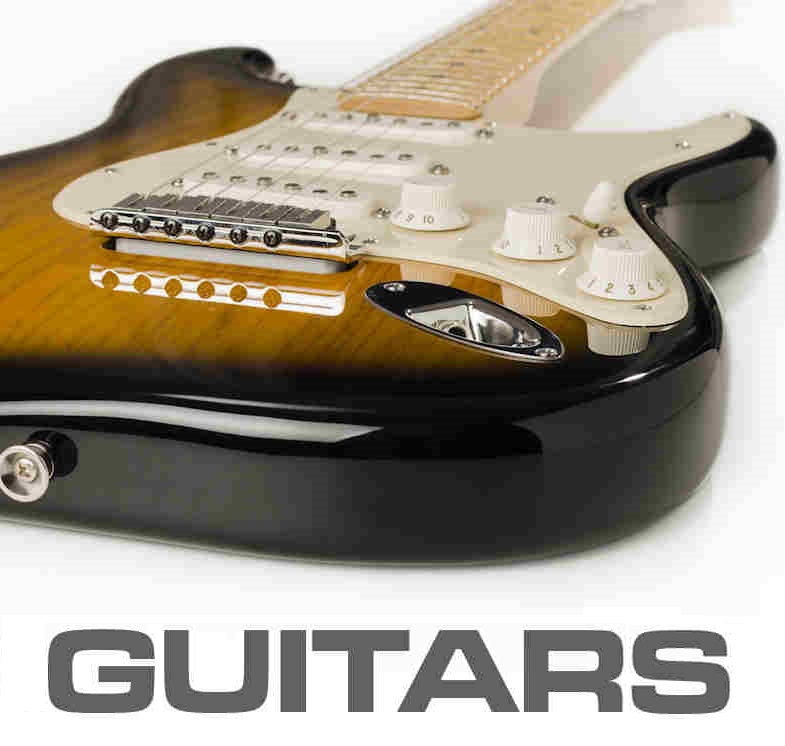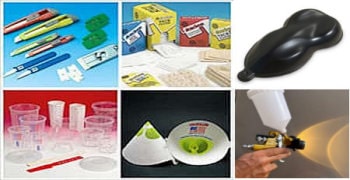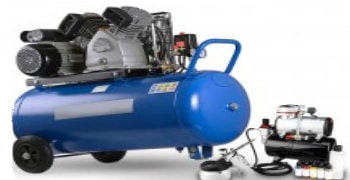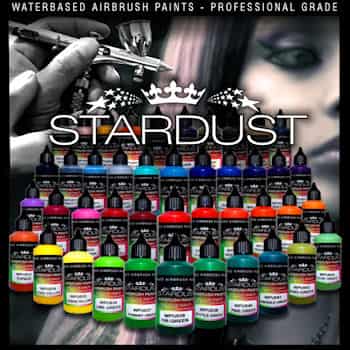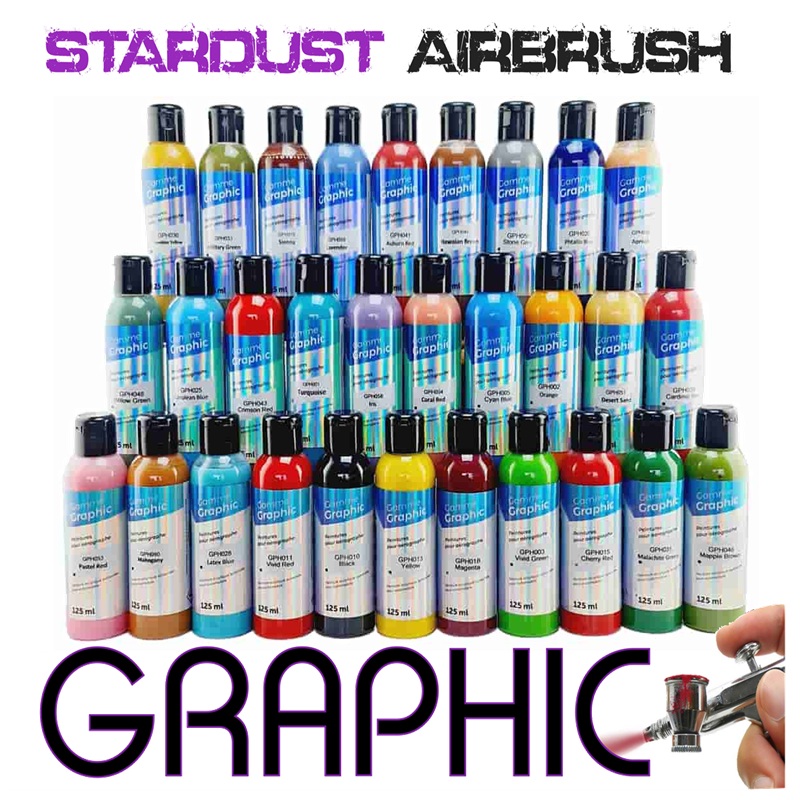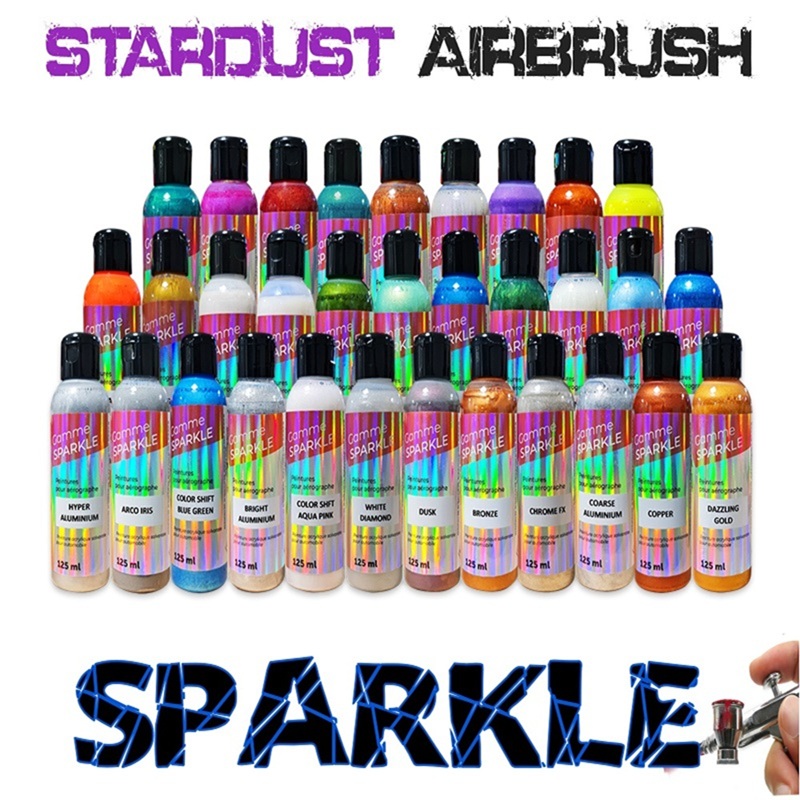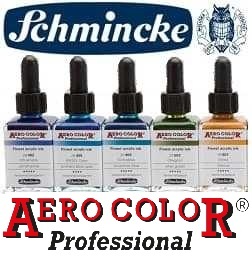Water-based Acrylic Formula
Choose your Temperature and Colour
60 ml – 250 ml – 1 L – 5 L
Delivery within 48 h
Thermochromic Colours - Reactive Effect Paints
Thermochromic paint changes colour with temperature variations (it becomes colourless above a certain temperature).
See the 4 videos available >>
Offer: 60 ml – 250 ml – 1 L cans
Our latest version is a waterborne paint, compatible with all solvent-based clearcoats and primers.
Coverage Performance:
250 ml: max 0.5 m²
1 L: max 2 m² (with 4–5 coats)
Stock: Product available, delivery within 48 h.
Specification Sheet – Water-Based Thermochromic Paint
Type of product: 1K waterborne <20 g VOC/L
Aspect: Matt – Opaque when cold / Semi-transparent when hot
Mix: Stir or shake well before use. Filter if possible with a 190 µm cone filter.
Application: On a clean, dry, finely sanded surface.
Number of passes: 4–6 coats
Tools:
> Spray gun: all nozzle types >1 mm
> Roller or brush (for the waterborne version)
Drying: At ambient temperature. Do not bake
Touch dry : 45 min
Topcoating timeframe: Water-based version: max 72 h. Topcoating with an anti-UV clearcoat is strongly recommended for outdoor applications.
Storage:Paint can be stored for up to 6 months in a cool place, away from UV light.
Do not freeze!
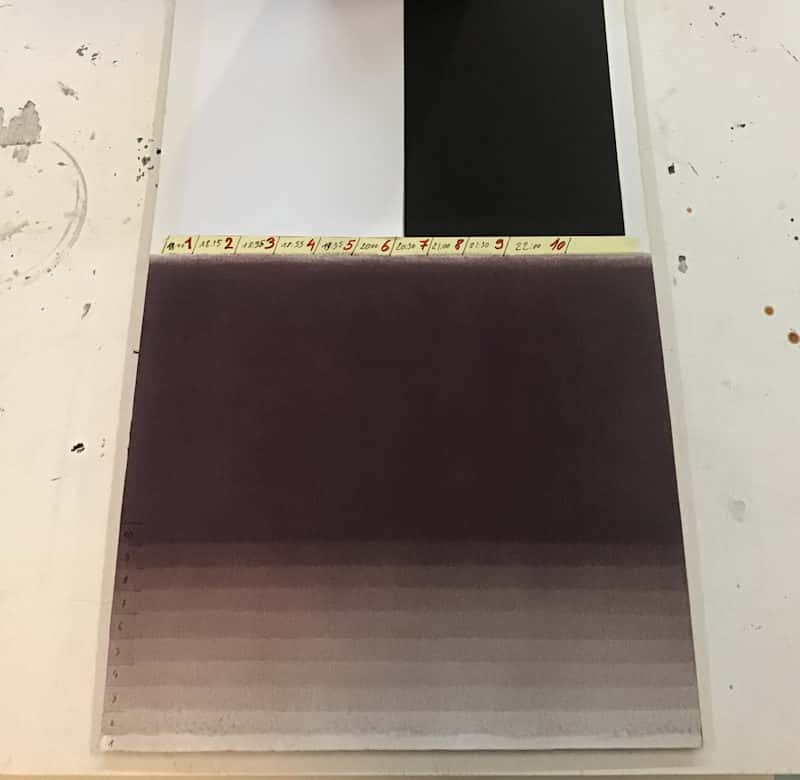
Flexible acrylic paint suitable for natural or synthetic fabrics
Questions and Answers about Thermochromic Paints:
>Can an airbrush or brush be used for the application?
Yes, with 5–20% water and an airbrush with a large nozzle (0.5–0.8 mm).
A brush is not recommended as it may leave marks, but multiple very thin coats can work.
>Should the paint be thinned?
No, but up to 5% water may be added if necessary.
>Can the heat of the hand change the colour of the paint?
This depends on hand temperature, ambient temperature, and especially the thickness and type of substrate (a thin plastic object reacts faster than a thick metal bar).
>What surface area can be covered with 60 ml?
Approximately 0.6 m² in one coat, depending on surface type and number of coats.
>On which materials does the paint offer the best results (wood, metal, plastic, textiles, etc.)?
The visual effect does not depend on the substrate type but on thickness (thermal inertia) and conductivity of the material.
>Is it possible to apply it over an acrylic base coat, or is a PU base coat preferable?
Any type of base coat can be used.
>Can it be applied with a brush or roller, or is spraying essential for a uniform finish?
Brushing or rolling makes a uniform finish harder to achieve, but it’s possible with multiple crossed coats.
>Is there a difference in the thermochromic effect between 10–15°C and 26–31°C temperature ranges?
No difference in intensity between temperature ranges. However, there may be variation between colours in terms of contrast and visibility.







